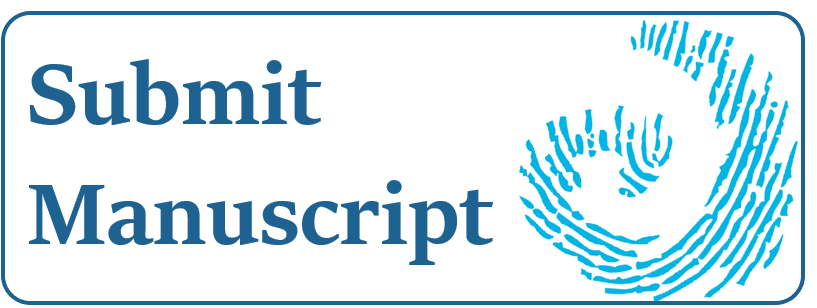Access to records for people who were in out-of-home care: moving beyond ‘third dimension’ archival practice
Abstract
The Records Continuum model, particularly its notion of the pluralised, ‘fourth dimension’ where records can have multiple meanings and multiple stakeholders, provides a useful framework for examining ‘care’ records and the roles they can play in the emerging processes of remembering and forgetting, providing services and restoring justice to Forgotten Australians and to all those affected by the history of institutional ‘care’. 1 Despite considerable advances in recent years in understanding the interplay between archives and issues facing ‘care’ leavers, the management of ‘care’ records remains largely stuck in ‘third dimension’ practices and ideologies. Creation, capture, organisation and access to records relating to the provision of ‘care’ involve interactions between ‘care’ leavers, social workers, archivists, historians and counsellors and these exchanges significantly shape and reshape the meaning(s) that can be made from these records. This article calls for a reorientation of perspective to recognise the many stakeholders associated with ‘care’ records, to aid the development and dissemination of new contextual documentation to improve access to records, and to help foster trust, dialogue, and reconciliation.
From 2022 (Volume 50) authors contributing to Archives & Manuscripts agree to publish their work under the terms of the Creative Commons Attribution-NonCommercial-NoDerivatives License), which permits non-commercial re-use, distribution, and reproduction in any medium, provided the original work is properly cited, and is not altered, transformed, or built upon in any way. Authors retain copyright of their work, with first publication rights granted to A&M.




